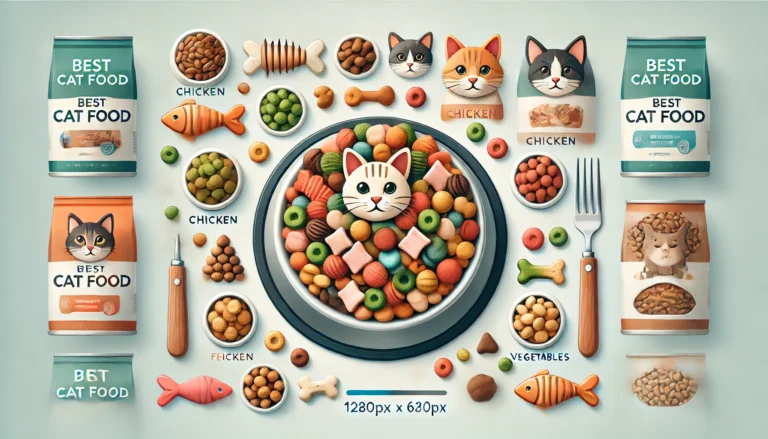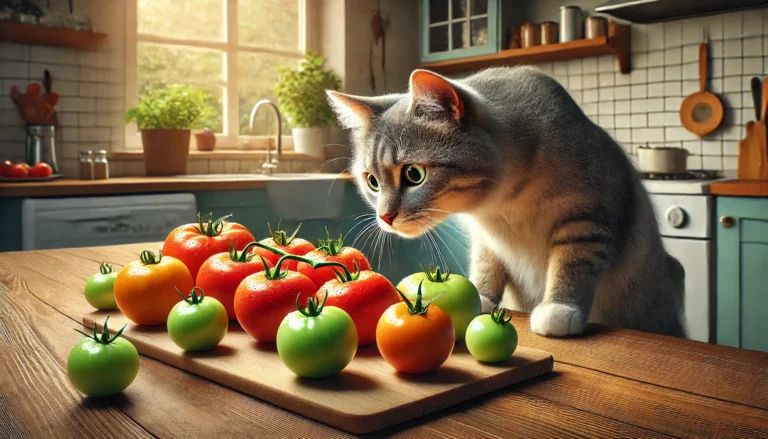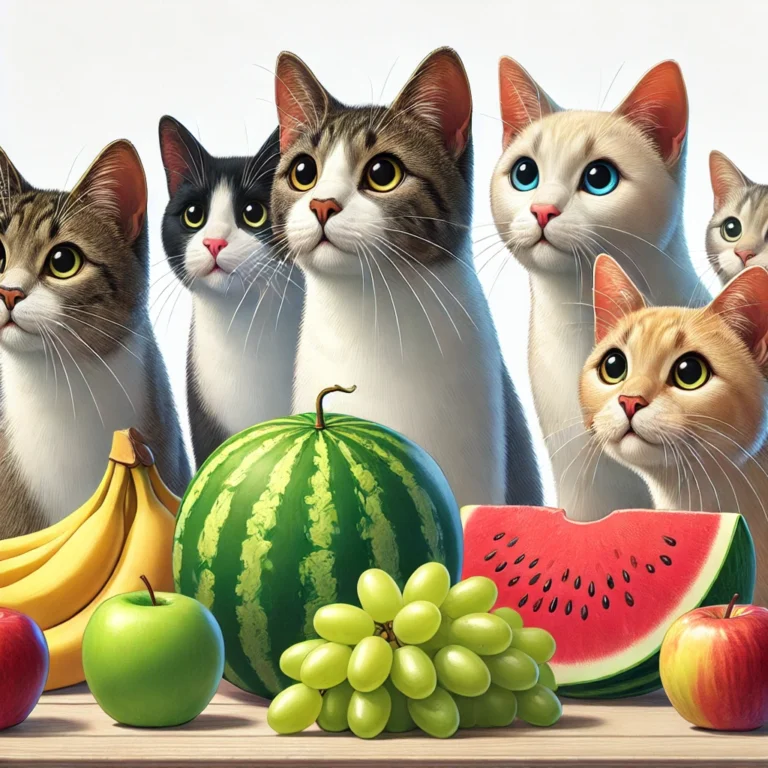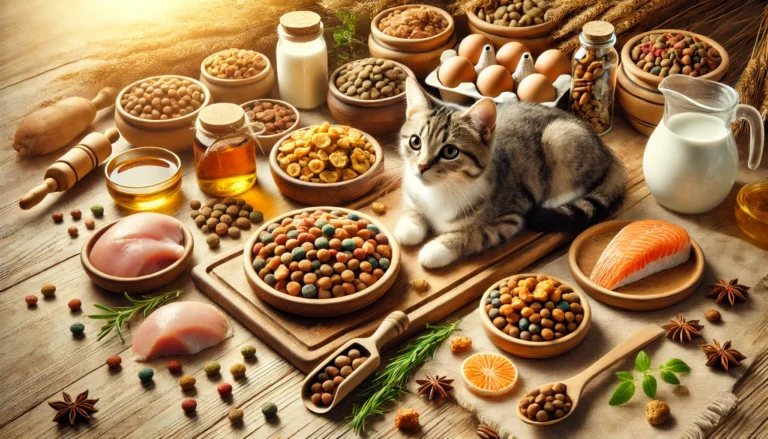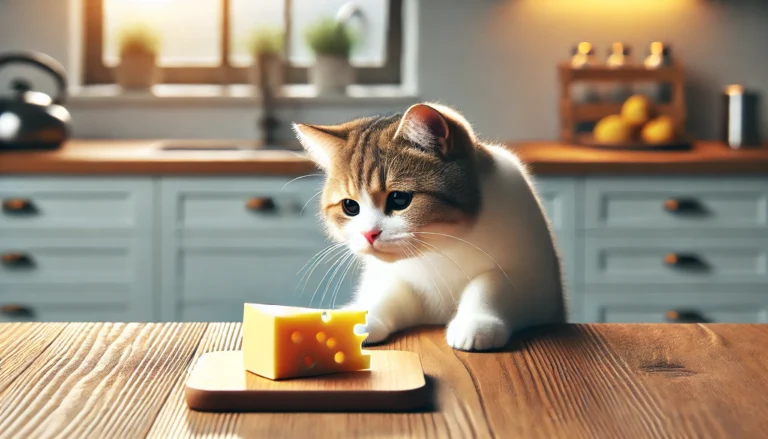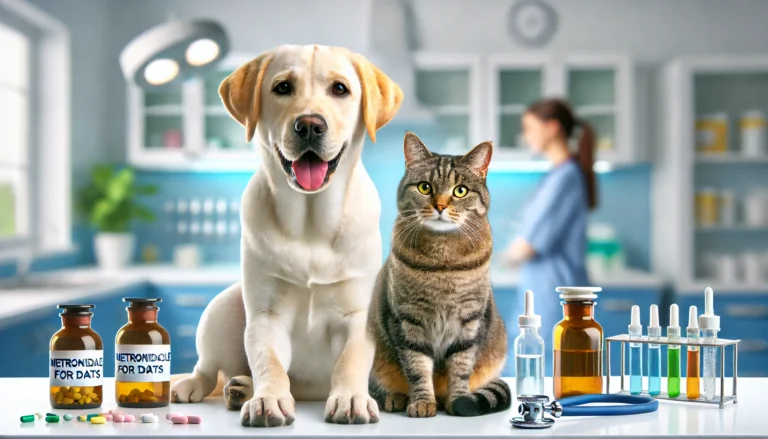How much to feed a cat?
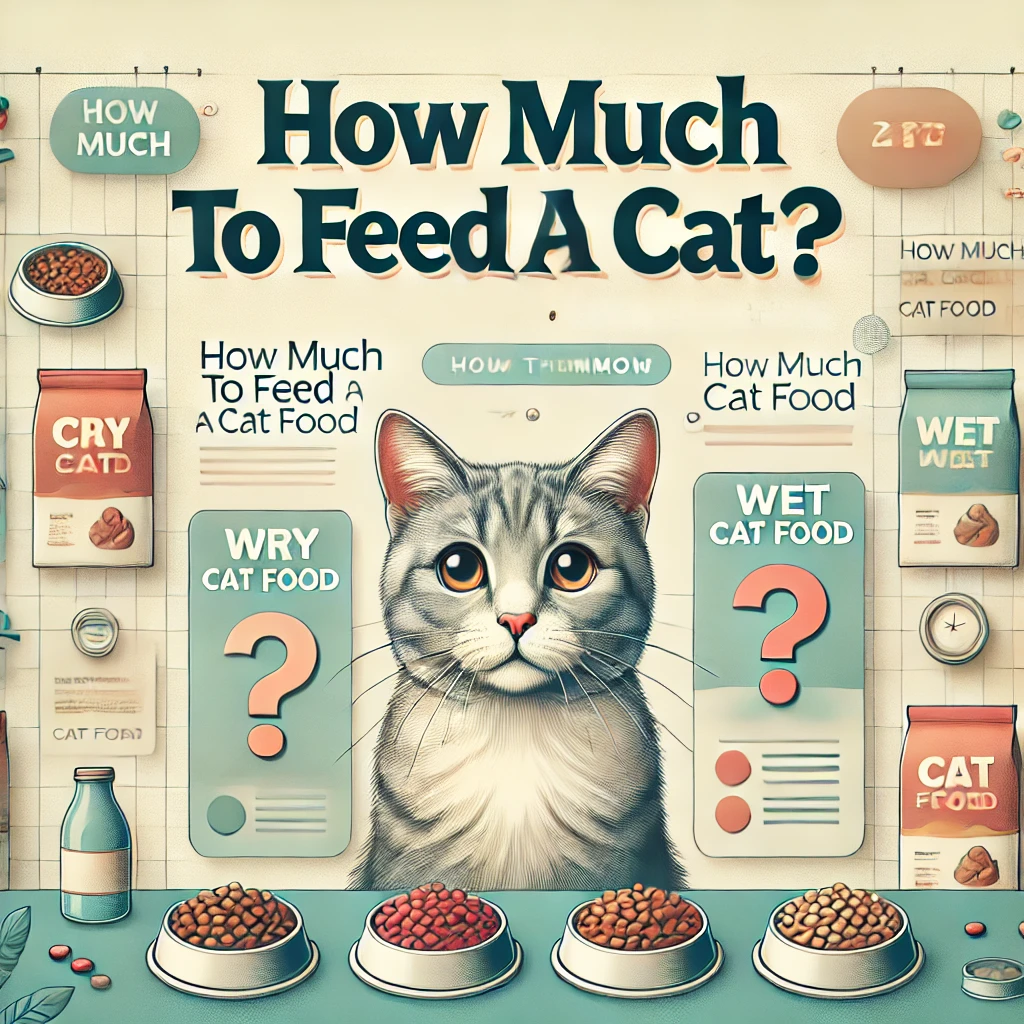
For cat owners the question “How much to feed a cat?” is of great concern. Deciding the right amount to feed your cat involves understanding a variety of factors including their life stage, health status, and lifestyle. This detailed guide will delve into everything you need to know to tailor your cat’s diet for optimal health, from types of food to feeding practices.
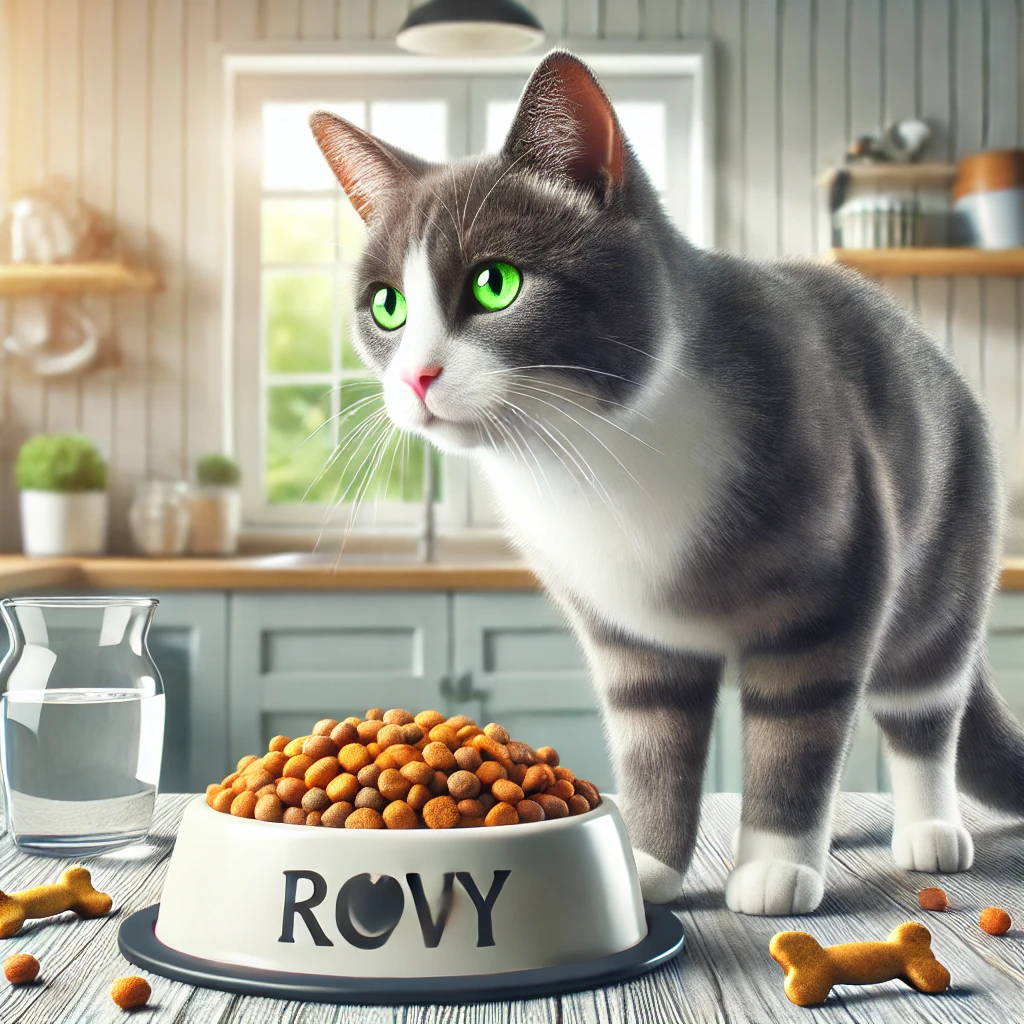
Understanding Feline Nutrition: How much to feed a cat?
Cats are obligate carnivores, which means they require a diet primarily made up of meat. Here’s what their diet should include:
Key Nutritional Components
- Proteins: Essential for growth, maintenance, and overall health.
- Fats: Source of energy and essential fatty acids.
- Carbohydrates: Generally limited in a cat’s diet; too many can lead to obesity.
- Vitamins and Minerals: Necessary in small amounts for various bodily functions.
Types of Cat Food
Choosing the right food is critical to your cat’s health. Hence one should surely know how much to feed a cat?
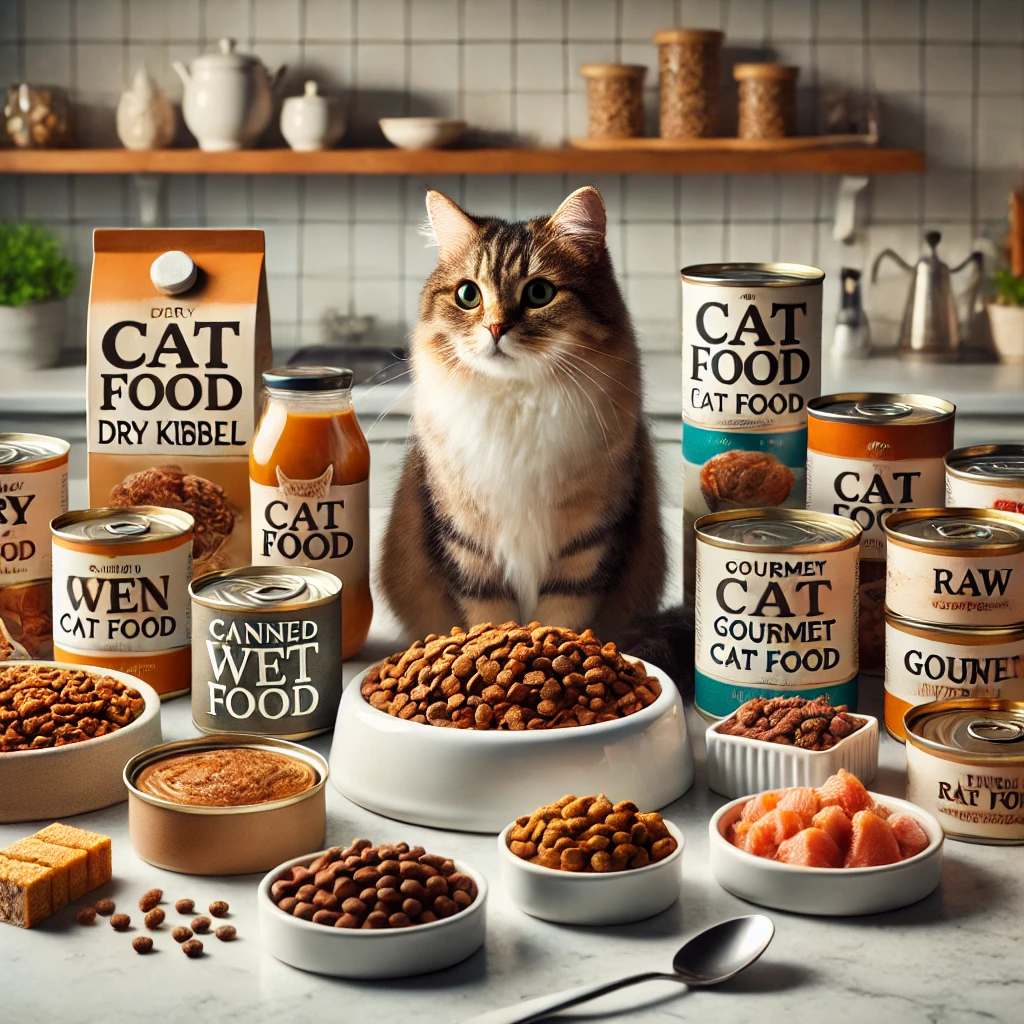
Dry Food (Kibble)
- Pros: Cost-effective, convenient, helps in reducing tartar build-up.
- Cons: Lower in moisture, which can lead to dehydration if not balanced with wet food.
Do you know?
Dry cat food, or kibble, was invented accidentally in the 1860s by James Spratt, an electrician who observed dogs eating discarded biscuits at a shipyard. Inspired, he created a biscuit combining wheat, vegetables, and beef blood. This idea eventually evolved into modern kibble, which is appreciated for its convenience and dental benefits for cats.
Wet Food (Canned)
- Pros: High moisture content aids in hydration, often more palatable.
- Cons: More expensive, can spoil quickly if left out.
do you know?
Wet cat food is highly beneficial due to its high moisture content, which aids in hydration and is ideal for cats with low thirst drive. It’s more palatable and closely mimics a natural diet, making it appealing especially to picky eaters. Additionally, it generally contains fewer carbohydrates, aiding in weight management and is easier to digest, making it suitable for older or dental-challenged cats.
Raw and Homemade Diets
- Pros: Can offer fresh, whole ingredients.
- Cons: Risk of foodborne illnesses; requires careful balance to meet nutritional needs.
Do you know?
Raw and homemade diets for cats aim to mimic their natural prey-based eating habits. These diets typically involve fresh, uncooked meats, organs, and bones. They are praised for potentially enhancing coat quality, reducing allergies, and improving overall health. However, they require careful balancing to ensure nutritional completeness and must be prepared with attention to hygiene to avoid bacterial contamination.
How Much to Feed a Cat?
The amount of food your cat needs depends on their age, activity level, and their specific health needs.
Feeding Guidelines by Age
- Kittens (under 1 year): Require more frequent meals of high-protein and high-calorie food to support rapid growth.
- Adults (1-6 years): Typically, require two meals a day based on their weight and energy levels.
- Seniors (7+ years): May need adjustments in diet to accommodate decreased activity levels and metabolic changes.
Weight-Based Feeding
Understanding your cat’s ideal weight is crucial. Here’s a basic guideline:
| Cat’s Weight | Dry Food per Day | Wet Food per Day |
|---|---|---|
| 5 lbs | 1/4 to 1/3 cup | 1/2 can |
| 10 lbs | 1/2 to 2/3 cup | 1 can |
| 15 lbs | 3/4 to 1 cup | 1 1/2 cans |
Adjust portions accordingly if you feed a combination of dry and wet food.
Monitoring and Adjusting Food Intake
- Observe Your Cat’s Body Condition: Regularly assess your cat’s body condition score. They should have a slight waist and you should be able to feel (but not see) their ribs.
- Adjust as Needed: If your cat seems sluggish or if their weight changes, adjust their food intake. Always consult a veterinarian if unsure.
The Role of Treats and Supplements
- Treats: Should not exceed 10% of their daily caloric intake to avoid weight gain.
- Supplements: May be necessary for some health conditions but should only be used under veterinary guidance.
Creating a Feeding Schedule
Consistency is key in feeding. Most cats do well on a twice-daily schedule, which mimics their natural hunting behavior. Free feeding (leaving food out all day) is not recommended for most cats as it can lead to overeating.
| Meal Time | Food Type | Amount |
|---|---|---|
| Morning | Dry/Wet Food | According to weight guidelines |
| Evening | Dry/Wet Food | According to weight guidelines |
Special Considerations on How much to feed a cat?
Health Issues
- Obesity: This is a common issue in cats and can be managed with diet control and exercise.
- Kidney Disease: May require special diets low in phosphorus and protein.
- Diabetes: Requires consistent meal times and possibly a diet lower in carbohydrates.
Life Changes
- Pregnancy and Nursing: Female cats require more calories and protein during these stages.
- Aging Cats: May require diets that are easier to chew and digest.
How much to feed a cat? : Understanding the Risks of overeating
How much to feed a cat? is very important question when it comes to health of cats or any other animal. Overeating can have significant and sometimes severe effects on the health and well-being of cats. Like in humans, excessive food intake in cats can lead to a variety of health problems, primarily obesity, which can cascade into several other medical concerns. Understanding these effects can help cat owners manage their pets’ diets more effectively to ensure a healthy, active, and long life.
1. Obesity and Associated Health Risks
Primary Concerns
- Obesity: The most direct effect of overeating is obesity. Cats who consume more calories than they burn are likely to become overweight. Obesity in cats can significantly shorten their lifespan and diminish their quality of life.
- Diabetes Mellitus: Overweight cats are at a higher risk of developing type 2 diabetes due to insulin resistance. Managing diabetes in cats can be challenging and requires strict dietary controls and often insulin therapy.
- Joint and Mobility Issues: Excess weight puts additional pressure on a cat’s joints, leading to pain and mobility issues such as arthritis. This can significantly affect their ability to move, jump, and engage in normal activities.
Secondary Concerns
- Hepatic Lipidosis: Often triggered by obesity, hepatic lipidosis, or fatty liver disease, is a severe condition that can occur when an overweight cat suddenly stops eating, causing fat to build up in the liver cells, leading to liver failure.
- Urinary Tract Health: Obesity can lead to poor urinary tract health, increasing the risk of urinary blockages, especially in male cats. These conditions can be painful and may require surgical intervention if they become recurrent.
2. Digestive Issues
Cats that overeat are also prone to digestive issues:
- Vomiting: Overeating can cause cats to vomit up their food shortly after eating due to the stomach being overly full.
- Constipation: An excessive intake of food can lead to constipation, as the digestive system becomes overloaded and less efficient at processing waste.
3. Behavioral Changes
Psychological Impact
- Food Obsession: Cats that are regularly overfed may become obsessed with food, displaying behaviors such as aggressive begging or constant meowing for food.
- Inactivity: Overeating can lead to decreased energy levels, making cats less likely to engage in play or exercise, which only compounds the issue of weight gain.
4. Cardiovascular Health
Excessive weight can strain a cat’s cardiovascular system, leading to:
- Increased Blood Pressure: High blood pressure can develop as a result of obesity, putting additional stress on the heart and other organs.
- Heart Disease: The risk of heart disease increases as the strain on the heart grows due to excess weight.
| Weight Category | Typical Weight Range | Risk of Cardiovascular Disease | Comments |
|---|---|---|---|
| Underweight | Less than 5 lbs | Low | Low weight can indicate other health issues, not typically associated with increased cardiovascular risk. |
| Ideal | 5-10 lbs | Very Low | Optimal weight minimizes stress on the heart and promotes overall health. |
| Overweight | 10-15 lbs | Moderate | Increased weight can lead to higher blood pressure and additional strain on the heart. |
| Obese | Over 15 lbs | High | High risk of cardiovascular problems, including heart disease and decreased cardiac function. |
5. Reduced Life Expectancy
Ultimately, the cumulative effect of the health issues associated with overeating can lead to a shortened lifespan for your cat. Preventative measures and timely interventions are crucial.

How much to feed a cat? Managing Overeating in Cats
To prevent and address overeating in cats, consider the following strategies:
- Portion Control: Feed your cat controlled portions based on their size, age, and activity level. Consult with your vet to determine the ideal daily caloric intake.
- Regular Feeding Schedule: Establish a regular feeding schedule rather than leaving food out all day (free feeding).
- Quality of Diet: Ensure the food you’re providing is high in protein and low in fillers that may contribute to weight gain.
- Regular Exercise: Encourage regular play and activity to help your cat burn calories and maintain a healthy weight.
Conclusion on How much to feed a cat?
Feeding your cat isn’t just a daily chore; it’s a crucial part of their health care. Understanding what, how much, and when to feed your cat can help prevent a range of health issues and contribute to a fulfilling, long life. Always consult with a veterinarian to customize your feeding strategy to your cat’s specific needs.
How much food should a cat eat a day?
It depends on their age, weight, and activity level, but generally, an adult cat needs about 200-300 calories per day.
Is 1 cup of cat food too much?
It might be for most cats, especially if they aren’t very active. One cup of dry cat food typically contains around 300-500 calories, depending on the brand and formula.
How many 100g pouches should I feed my cat?
Usually, one 100g pouch of wet cat food contains about 70-100 calories. Based on the cat’s daily caloric needs, two to three pouches could be suitable for an average adult cat.
Is 2 cans of wet food a day enough for a cat?
This can vary, but if each can is approximately 3 ounces, then two cans per day can be enough for an average-sized adult cat. Always check the calorie content and your cat’s specific needs.
Why is my cat always hungry?
Persistent hunger can be due to a high metabolism, not getting enough nutrients, or more serious issues like diabetes or hyperthyroidism. If your cat seems unusually hungry all the time, it’s a good idea to consult your vet.

